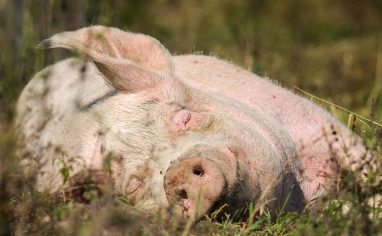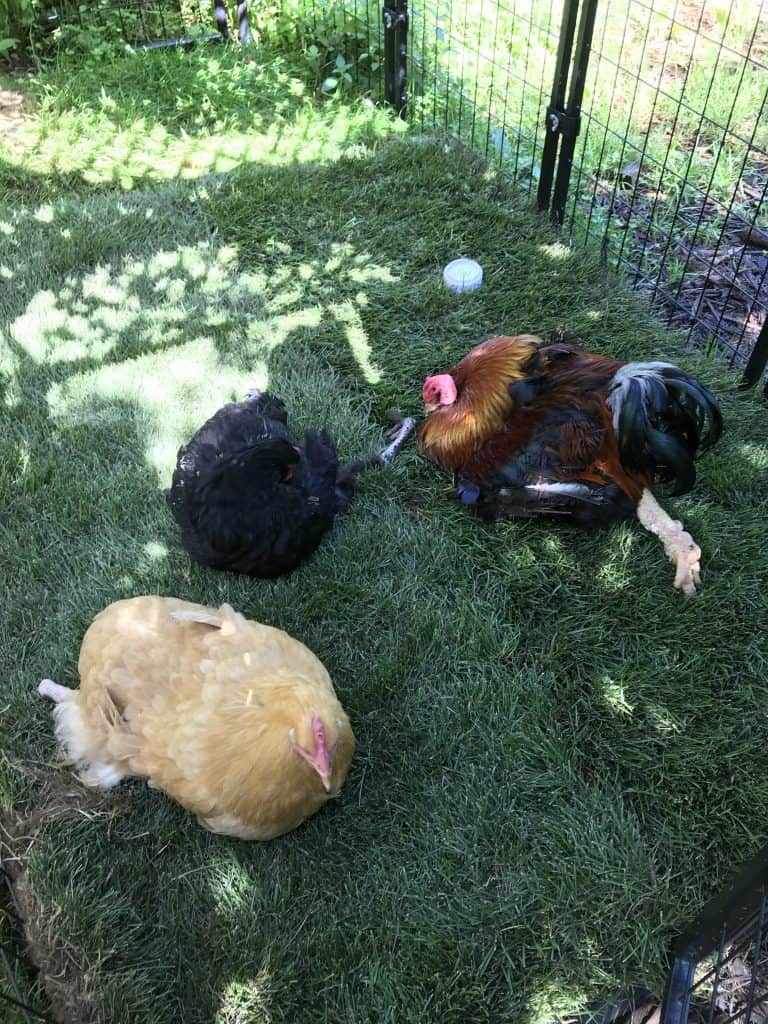
Whether a resident is permanently non-ambulatory due a disability, or temporarily unable to walk on their own due to illness or injury, these individuals will require special considerations in order to keep them safe, comfortable, and content. This overview will introduce the principles, techniques, and materials Chicken Run Rescue (CRR) has developed through the rescue and care of nearly 1,200 chickens since 2001. These individuals arrive with physical and psychological injuries of every description. The folks at CRR are grateful to the caregivers who are providing, or are interested in providing, compassionate, lifelong care to chickens with disabilities. This introduction is intended to help others help chickens by sharing what they have learned. It is not meant to substitute for good medical care from a qualified, caring veterinarian. Once quality veterinary care has been provided, the quality of life of the individual is dependent on the nursing skills of the caregiverSomeone who provides daily care, specifically for animal residents at an animal sanctuary, shelter, or rescue..
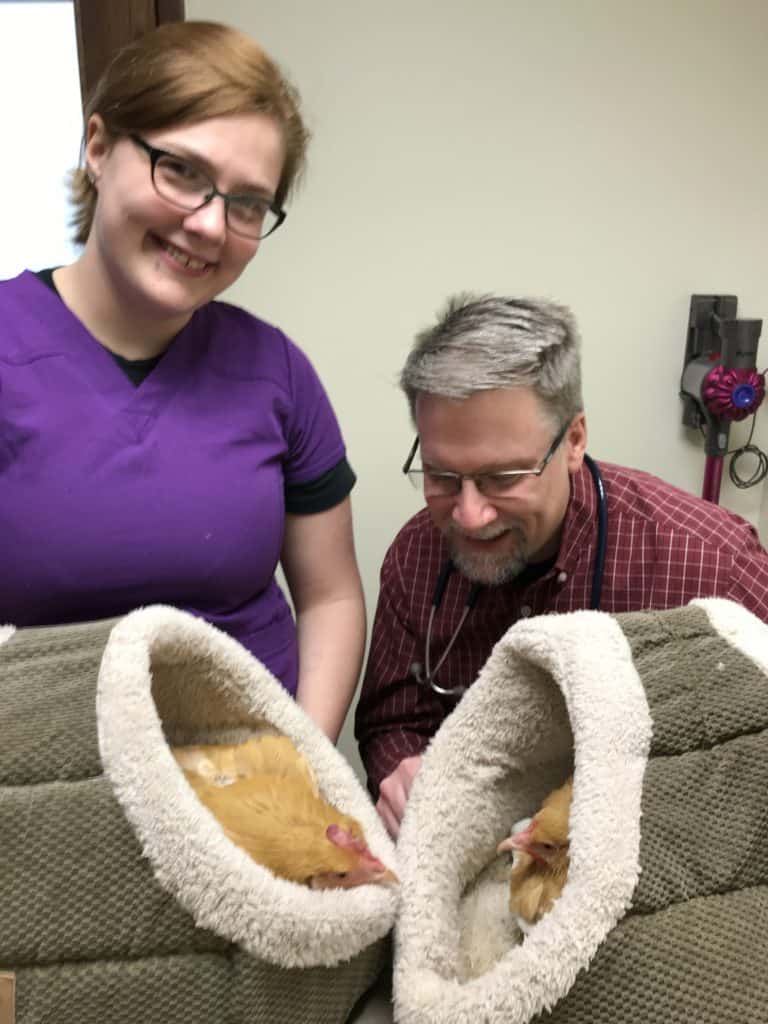
Follow Your Veterinarian’s Recommendations For Residents Recovering From An Injury Or Surgical Procedure!
If a resident is recovering from a recent surgery or is recovering from an injury, be sure to follow your veterinarian’s recommendations in terms of what types of accommodations are appropriate while they recover. There may be certain substrates or physical positions that will need to be avoided during this time.
At CRR, all care decisions are made through the lens of their Animal Rights
The concept of providing nonhuman animals greater ethical and/or legal consideration to their basic interests, especially the avoidance of suffering and exploitation by humans. Caregiving Guide: “Provide animals with what they want and need and protect them from what they don’t.” With that in mind, we will look at the process CRR uses to create a supportive care plan for their non-ambulatory residents and discuss the different elements of setups that have proven successful over the years.
Creating A Supportive Care Plan For Non-Ambulatory Residents
Principle Goal
The goal of supportive care is to provide daily comfort, sustenance, contentment, and independence to chicken residents with an illness, injury, or disability that impacts normal physical, psychological, and social activity.
Key concepts: respect for bodily integrity and autonomyThe ability for individuals to have access to free movement, appropriate food, and the ability to reasonably avoid situations they wish to avoid. of the individual, empathy, patience, and creativity
Assessment
When customizing supportive care, it’s important to take into consideration the type of disability, keeping in mind that sometimes there can be several to accommodate. In addition to a physical disability, injury, or illness that affects mobility, it’s important to assess if the individual also has any other physical or sensory impairments that will require additional consideration (such as having a crossed beak or being blind). If possible, learn the history of trauma or causes of the conditions and whether the individual was born with them or they developed due to injury or illness. Finally, it’s important to understand the individual personality traits of the resident through careful observation.
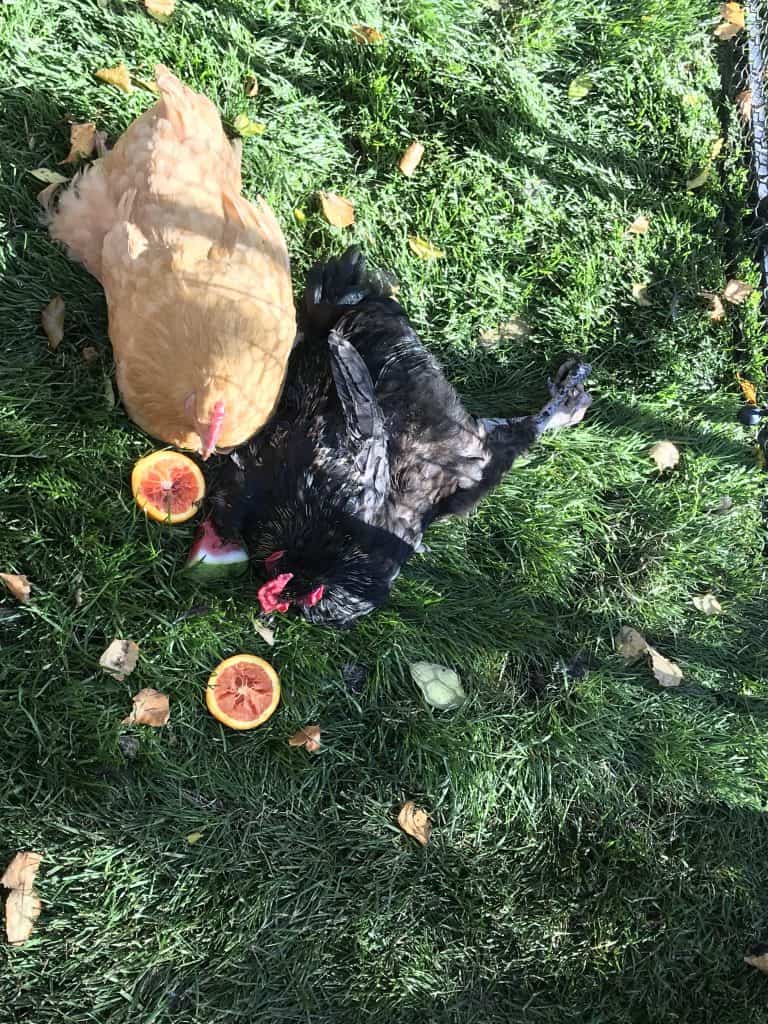
To start the assessment, give the individual a safe place, free of distractions and interruptions from other residents, to show you what they can and want to do. If the weather allows, CRR recommends assessing the individual indoors as well as outdoors. Outside, offer time in a grassy area or in an area of deep sand or very loose dirt. Indoors, offer a large dense cushion or thick carpet. Keep careful notes of their likes and dislikes- especially their favorite (or least favorite) foods and interactions. To assess their mobility, place an irresistible treat like watermelon just out of reach and give them time to make their way to it. Pay attention to how they react to the new situation. Some individuals may feel threatened and vulnerable and will either sit motionless, try to escape, or hide their head. Others may charge full speed ahead and wrangle their way to what they desire. How they respond to this situation will give you clues as to what kind of accommodations will work, how active the individual may choose to be, and what kind of stress triggers they have.
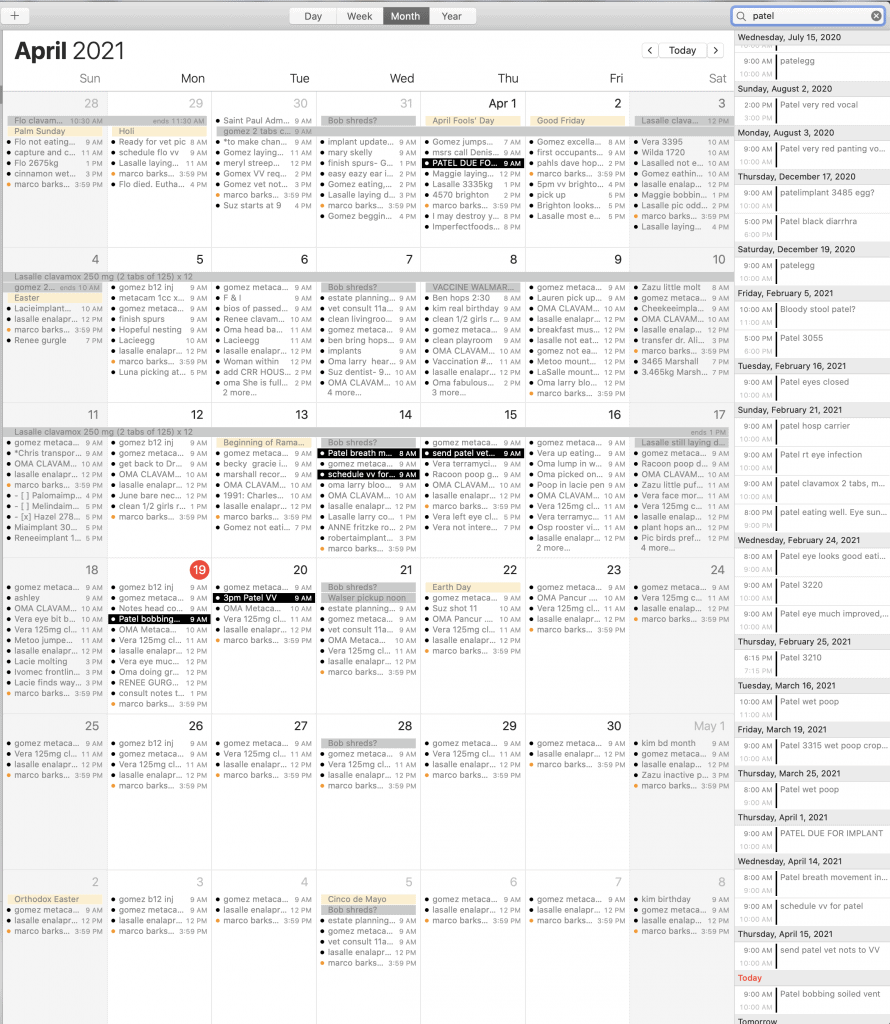
Documentation is an important aspect of animal care, and this is especially true when caring for residents with disabilities. At CRR, they use an iPhone calendar for making notes and taking photographs of events and observations throughout the day. The notes include the name of each resident, so it is easily searchable, and a chronological profile can be instantly created to file in the resident’s digital record. This information can also be easily pasted into an email to send to their veterinarian prior to vet visits.
Key concepts: observation and documentation
Monitoring
When creating a supportive care plan, keep in mind that permanently or temporarily immobile residents require frequent monitoring. This should be at the forefront of your mind when determining where the resident will spend their time, which will preferably be where caregivers are regularly present. At CRR, all residents live in the house with their caregivers (and spend time outdoors when weather allows), but non-ambulatory residents are primarily housed in the main living space, making frequent monitoring fit naturally into the day’s routine. Routine supervision is imperative because you never want a situation where a resident gets themselves into an uncomfortable, or worse yet, dangerous situation with no one nearby to offer assistance. Additionally, you’ll want to ensure they continue to be able to access their food and water, which may become out of reach if they reposition themselves. There are additional considerations when residents are spending time outdoors, which we will discuss more in Part Two.
Establish a set schedule throughout the day to monitor and adjust for comfort, food/water access, sanitation, temperature, sun/shade, etc. At CRR, a phone alarm is set to sound every hour during waking hours as a reminder to do butt checks and/or hot weather rounds. They stress that chickens depend on consistency and routine, but there will be an adjustment period and a learning curve for you and the resident. Also keep in mind that, over time, the individual’s preferences may change, requiring an adjustment on your part.
Key concept: routine supervision
Check Out The Rest Of This Series!
To read Part Two, which focuses on physical setups for non-ambulatory chickens, click here!






